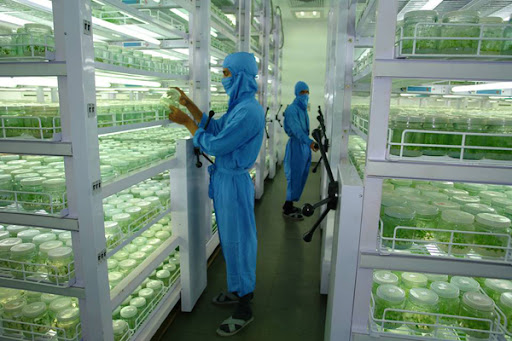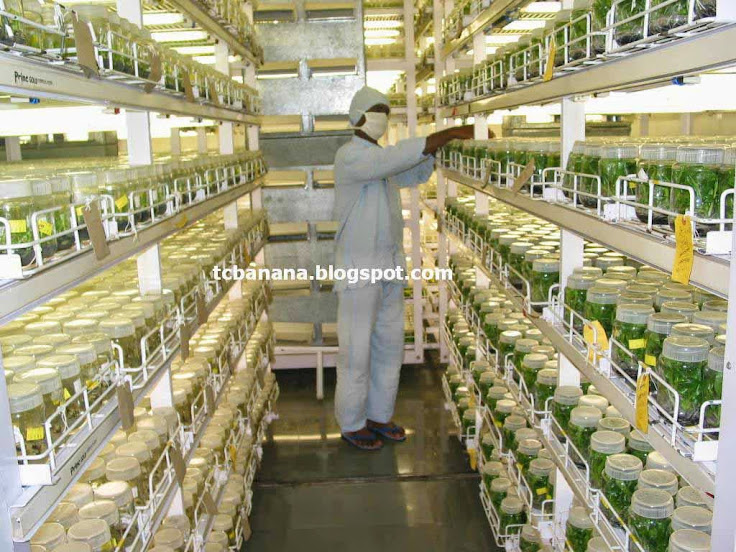Dear readers,
You are aware that this blog carries an exhaustive load of details regarding micro-nutrient deficiencies in Banana and their remedies.
On cross verification with other websites it was found that even the most trusted websites carry major flaws.
TNAU Agritech portal is no exception and the mistakes pointed out by this blogger was corrected in their website immediately (within 12 hours).
The above discussed subject along with the disputed pictures were sent to National Research Centre for Banana, Trichy also for re-confirmation at their end. Fast came the reply to our surprise.
'KUDOS' to TNAU and NRCB on behalf of farming community for their quick response.
Our letter and the response from both TNAU and NRCB is given here for record:
Dear Mr. Sankar,
Thanks for the mail and information,
We accept the link was a mistake and rectified immediately,
We will welcome constructive suggestion to improve on,
With kind and warm regards
N. Anandaraja,
Asst. Prof (AEX)
TNAU
On Mon, Nov 7, 2011 at 1:16 PM, Vishnu Sankar
<vishnusankar@ymail.com> wrote:
Respected sir,
I regret to note some major flaws in your Agritech portal in the link:
In the above link, some pictures are published under the heading ‘Deficiency symptoms of Banana’. These pictures are copied from NRCB website http://www.nrcb.res.in/soil.html.
3. Mistake 3: The picture shown as S deficiency has two different pictures combined in to one picture. In actual, the upper picture shows Zn deficiency and the lower one depicts S deficiency as per NRCB http://www.nrcb.res.in/soil.html.
Please correct the mistakes immediately which might have occurred by oversight at your end.
Thanking you,
Yours Sincerely,
A.Vishnu Sankar
--
Dr. E. Vadivel
Project Officer (e-Extension)
e-Extension Centre
Directorate of Extension Education
Tamil Nadu Agricultural University
Coimbatore-641 003
Ph: 0422-6611383
Fax: 0422-6611521
The mail received from NRCB:
From
Dr.K.J.Jeyabaskaran, Senior Scientist (Soil Science),
National Research centre for Banana,
Tiruchirapalli - 620 102 (Tamil Nadu)
Dear Mr. Vishnu Sankar,
Please refer to your e-mail to directornrcb@gmail.com dt 7-11-2011. The photographs depicting nutrient deficiency symptoms found in our website, http://www.nrcb.res.in are from authentic source (from our experimental fields). They are CORRECT.
With regards,
Yours Sincerely,
K.J.JEYABASKARAN
Feed Back from our Beloved farmers:
Dear Sir,
I am _______, a banana farmer from Mysore. I'd like to express my sincere thanks to you for your very informative blog on TC banana. It helped me a lot in getting an excellent yield of 55kg avg.
Attached some of the photos from my farm.












 22:25
22:25
 Tissue Culture Banana Cultivation Technology
Tissue Culture Banana Cultivation Technology





 Posted in:
Posted in: 




















